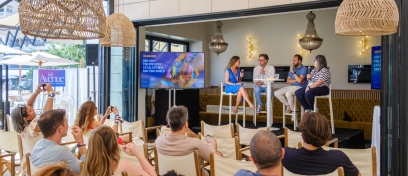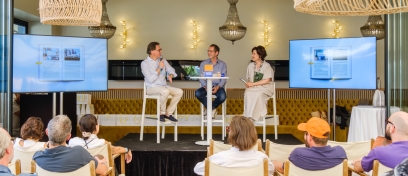OOH as a force for good: positively impacting society at large
Along with the company growth to number one worldwide, its social purpose has extended from enhancing cityscapes to also enriching people’s lives. A goal that is being implemented in four main areas, transforming OOH into a force for good.

ENVIRONMENTALLY CONSCIOUS ADVERTISING
Eco-friendly practices are ingrained in all processes and operations of JCDecaux. The company is the first media owner to join the RE100, a global leadership initiative bringing together the world’s most influential businesses committed to 100% renewable energy. The target will be fulfilled by 2022 -currently on track with a global figure of 69%.Waste management, recycling, cutting down on energy consumption: all is carried out with the latest eco-friendly technology – and the efforts have been recognised internationally.

Ever-Evolving services in ever-evolving cities
From USB and wireless mobile chargers at bus shelters to street furniture including defibrillators, free wifi and phone service, advertising panels have come a long way.
Digital technology and the internet of things have disrupted urban environments: they’re now being incorporated more directly into the cities’ everyday life. ‘Smart Citizens’ expect public services integrating connectivity to improve their quality of life - providing Wi-Fi hotspots, live content and public utility info displayed on street furniture.
The synergy between mobile and OOH makes the latter very attractive to advertisers, which in turn eases the provision of these services for the benefits of the urban community.

Grasping the powerful rise of the collaborative sector, JCDecaux started Cyclocity - the first urban bike-sharing scheme created in 2003, with over 31,000 bicycles made available in 57 cities. Easy and cheap to use, it represents a genuine alternative to using cars or public transport for urban citizens.

A MESSAGE TO SOCIETY, AMPLIFIED
When it comes to issues of universal significance, JCDecaux’s extensive presence across the globe facilitates pivotal support to charities.
The Theirworld campaign by the UN, raising awareness on the education crisis and rolled out in September and October 2019, offers a perfect example. JCDecaux’s digital screens across five key countries in Europe of high youth, offered sobering statistics around the global education crisis, followed by a call to action.
OOH broadcasted the message to a diverse audience, giving a true voice to the underprivileged and breaking through the daily grind of residents when they least expected it. Over 11 million actions have been registered across the multi-channel campaign, with the fruitful combination of OOH and other media channels.

OOH: Making Art Accessible to All
When it comes to art, the city is the perfect landscape to capture the active minds of citizens as they go about their daily lives. While private exhibitions are tucked away for those who have the means of interest to see, such public events transform OOH into an art gallery accessible to all.
JCDecaux’s recent collaboration with the Public Art Fund in the US gave way to a citywide exhibition by artist Ella Perez. Her photography, illustrating identity and representation, was showcased on 100 bus shelters across the city of New York and celebrates the Latin American community in the Bronx.
“When restricted to the immediate radius of a bus stop, we are given the opportunity to actually survey our surroundings, take a step back from the daily rush, and to process our environment”Katerina Stathopoulou Exhibition Curator
By using the very space where the art itself was created, the exhibition has the power to provoke thought, enabling the city to reflect on itself while uniting residents in a shared appreciation of diversity.

OOH design is not to be forgotten: street furniture assets not only are an integral part of our urban amenities but can become iconic city structures – like the Morris Columns in Paris.
The Kensington is a recent illustration of JCDecaux’s ability to transform billboards into artistic sculptures, improve surroundings while providing unique opportunities for advertisers to reach consumers in iconic spots across the globe.
Designed by Zaha Hadid Design, the Kensington’s successful fusion of art and digital technology was celebrated with the 'Best Original Digital Billboard' award at the 2018 Daily DOOH Gala Award.
“This has been a unique collaboration with JCDecaux to develop new possibilities for media platforms; reimagining the billboard as public art”Melodie Leung Senior Associate at Zaha Hadid Design

The benefit of OOH extends beyond advertisers and partners and accounts for the public’s best interest by enhancing cities sustainably via smart, sustainable and eco-friendly solutions.
All while providing thought-provoking and educational messages displayed on a unique media withunrivalled reach
Want to know more?



